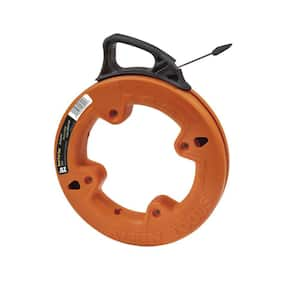knotheadcharters
Senior Member
- Joined
- Jan 31, 2011
- Messages
- 338
- Vessel Name
- Amar la Vida
- Vessel Make
- 1989 Carver Californian 48' MY
We all know how inaccurate fuel gauges are on boats. Is there an accurate way to tell how much fuel is in the tank? I have 2 wing tanks that are slightly elevated and I am unable to access the top to dip them. (I used to do this on my last boat and never was in doubt about fuel level). I've tried the tap method but really can't be sure. Any suggestions?








